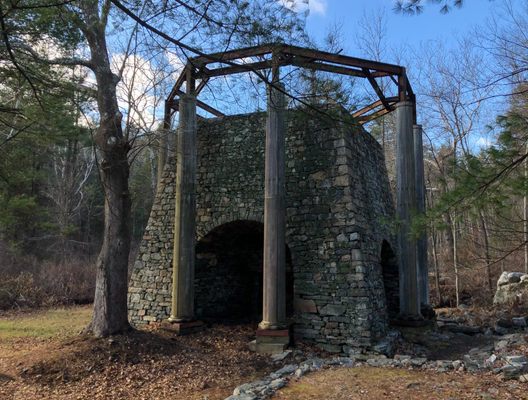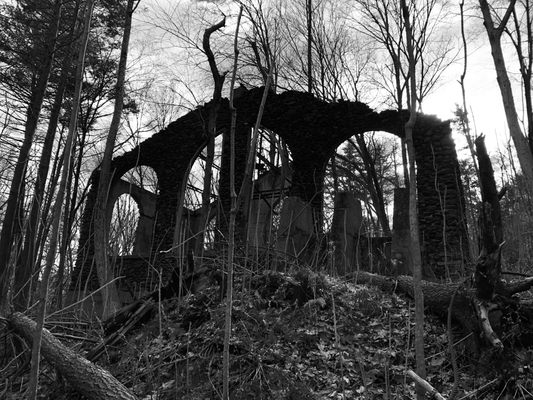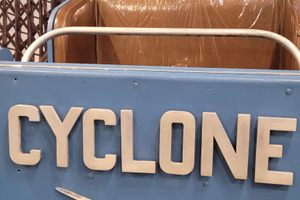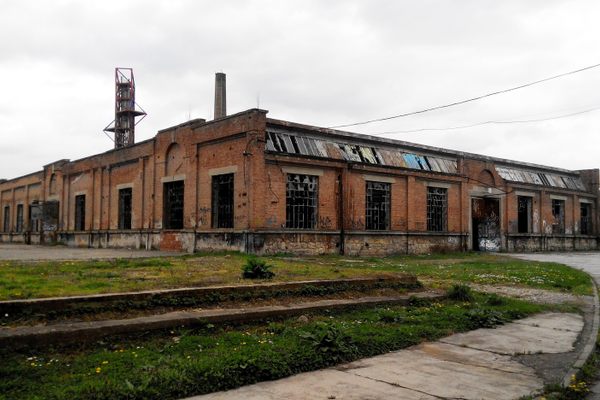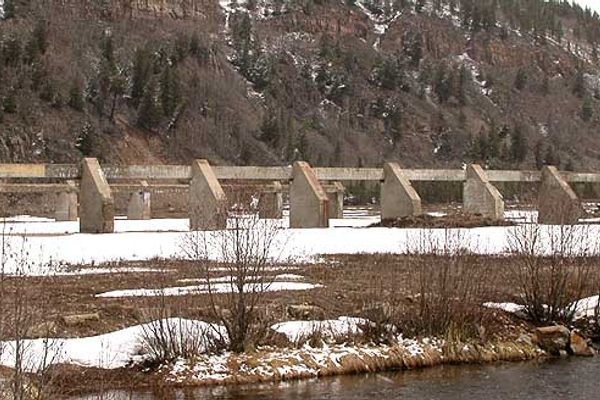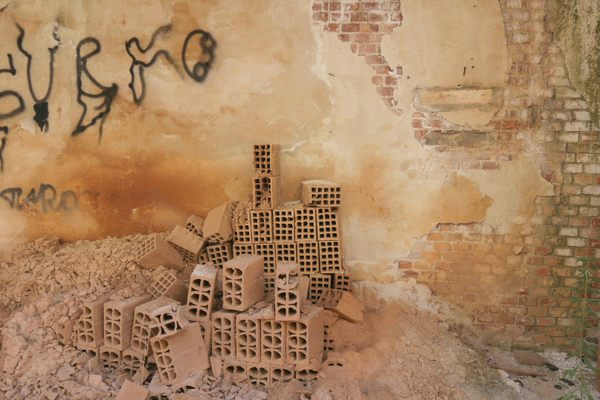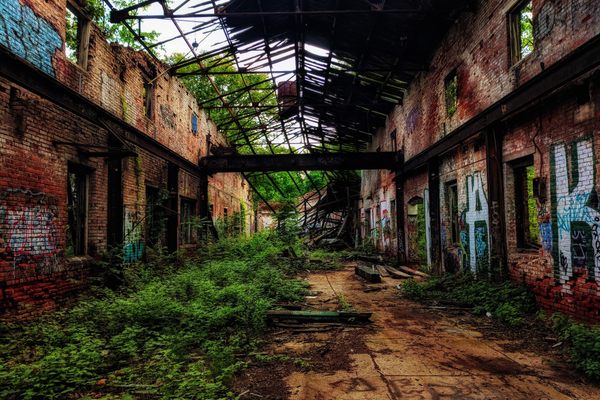About
The original ironworks at Sterling Lake in southeastern New York was started in 1736 by Cornelius Board and Timothy Ward and the remains of their bold facility remain to this day.
The location was perfect for an ironworks. High quality ore was taken from mines on site as well as the surrounding Ramapo Mountains, limestone came from nearby quarries, wood from the forest provided charcoal for fuel, and a sluice from the lake itself turned a waterwheel which powered a bellows under the furnace. Despite these advantages, the initial output of the works was minimal. With only a small bloomery, the works didn't begin heavy production until 1751 when they were taken over by the father-son team of William and Abel Noble. When the Nobles acquired the facilities, they built the first full-sized furnace at the site and production increased. The works wouldn't really come into their own until 1770 when, under new owner Peter Townsend (the son-in-law of one of the Nobles' partners), a second, much larger, furnace was constructed.
The ironworks' most famous commission would come in the winter of 1778. Approached by Captain Thomas Machin, the engineer in charge of the Americans' defense of the Hudson River during the Revolution, Townsend was asked if he would be willing to produce a chain that would stretch across the Hudson from West Point to Constitution Island. A staunch patriot, Townsend wanted to help, but the Continental Army already owed him a great deal of money for artillery and other equipment he had been producing. He was also losing his workers to militia recruitment. Machin and Townsend were able to strike a deal, which included exemptions for the workers it would take to forge the chain, and the ironworks went into overdrive in February, 1778. Running 24-hours-a-day the 770-link chain, each link weighing around 140 pounds, would be produced in just six weeks, a testament to the dedication and efficiency of the operation.
The second furnace would see continuous use until 1804 when a third furnace was constructed. In 1864, the works, mines, and surrounding property were sold to the Sterling Iron and Railway Company. Production slowed between 1890 and the start of World War I, with the furnace being shutdown altogether in 1891 although mining at the site continued. In 1918, seeing opportunity from the war, Ramapo Ore Company leased the mines for the next 50 years. Ramapo Ore would modernize the site, installing new equipment, facilities, infrastructure, and housing for over 300 employees. Their optimism was not to be rewarded however, and in 1923, following diminished demand after the war, the mines closed for the last time.
The remains of the Ramapo Ore Company can still be seen on the site, from the ruins of Lakeville, the company's mill town, to the mining facilities, to the entrance to the mine. The mines extended deep under Sterling Lake and although they were dry while in production (thanks to several pumps) today they are all flooded. The only indication of where the entrance was is a set of rail track extending up out of an otherwise innocuous pool of water.
As for the furnace that produced the iron for the Great Chain, it had fallen into disrepair by 1806 and utter ruin by the latter 19th Century. In 1952 the City Investing Company purchased the lands aiming to developing them, but only made it so far as rebuilding the furnace (as a symbol for what they hoped to accomplish with the site). When they rebuilt the furnace, they installed a neo-classical frame around it that originally held a dome overhead. Since then the dome has disappeared, along with the City Investing Company's plans. The area became part of the New York State Park system in 1998, and is a crumbling reminder of a once industrious business.
Related Tags
Know Before You Go
From the Sterling Lake State Park website:
From the North: At junction of Routes NY 17 & NY 17A, take NY 17A west 1.4 miles to left on Long Meadow Road (County Route 84). Go 3.5 miles to right on Old Forge Road. Center is one mile on right.
From the South:
After the convergence of I-87N, I-287N and Route 17N near Suffern NY, take I-87N Exit 15A. At the end of the off-ramp turn left onto NY17 North/Orange Turnpike, travel 1.4 miles. Take the exit toward Ringwood/Sterling Forest/West Milford which veers off to the right crossing back over Route 17. This becomes County Route 72/Sterling Mine Road. Be mindful of the speed limit while passing briefly through a residential area. Travel 2.9 miles to a traffic light at the base of a long hill. Turn right onto County Route 84/Long Meadow Road. In 3.6 miles turn left onto W. Sterling Lake Road to find your way to the Visitor Center’s parking area.
Published
June 9, 2015







